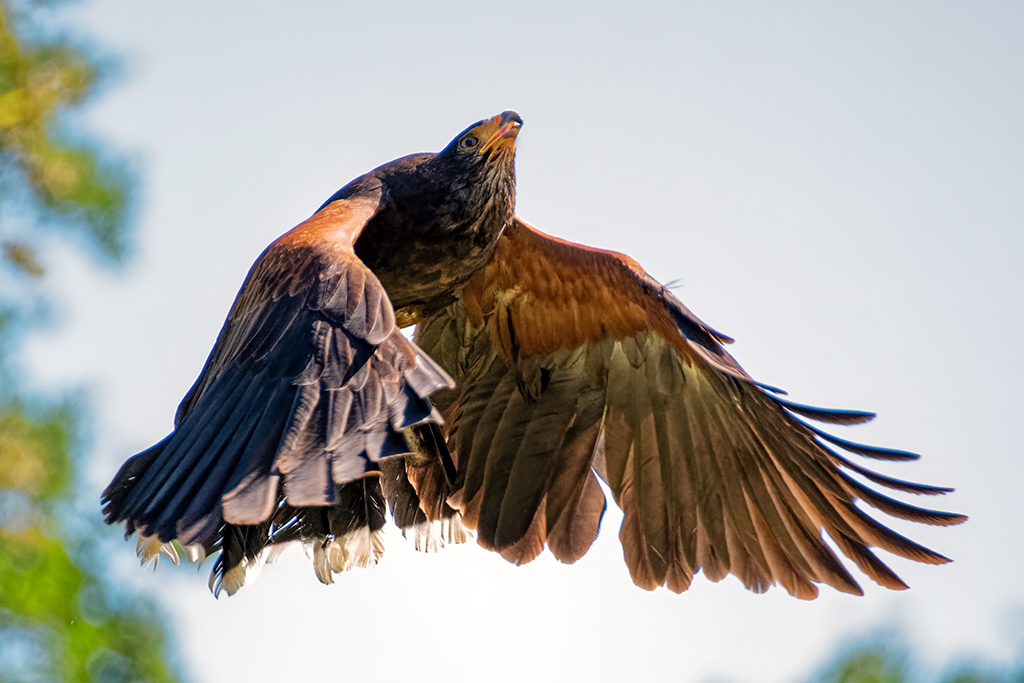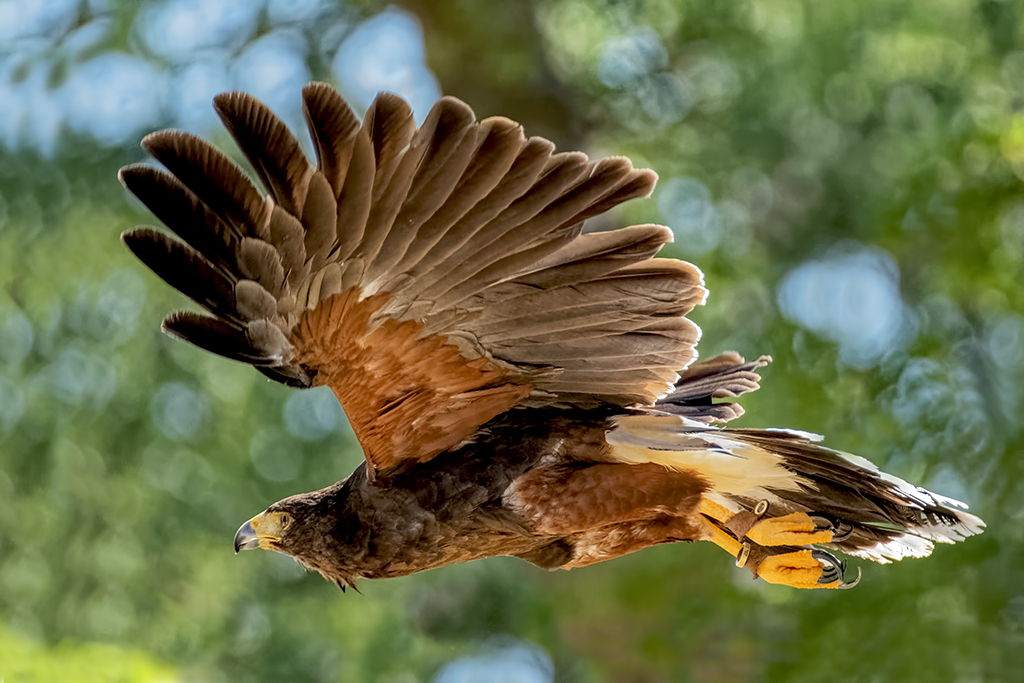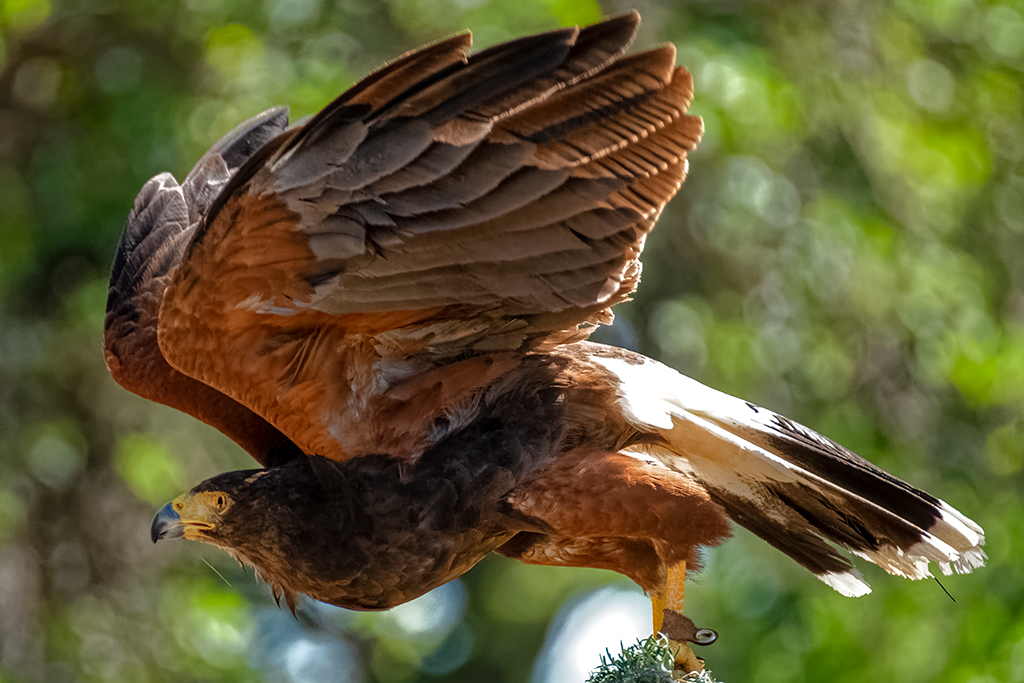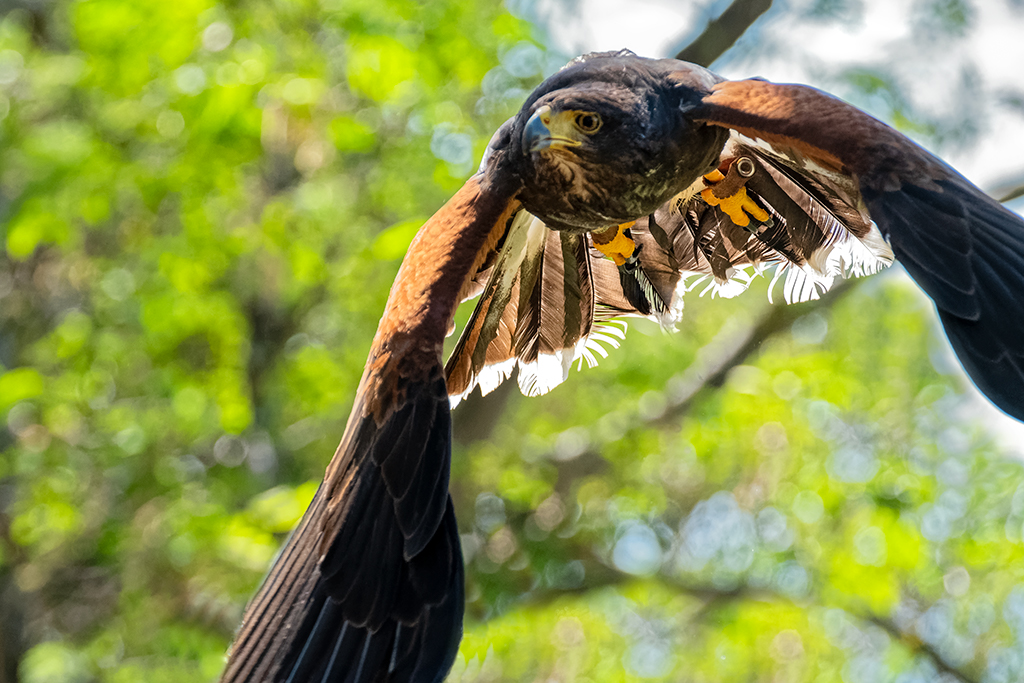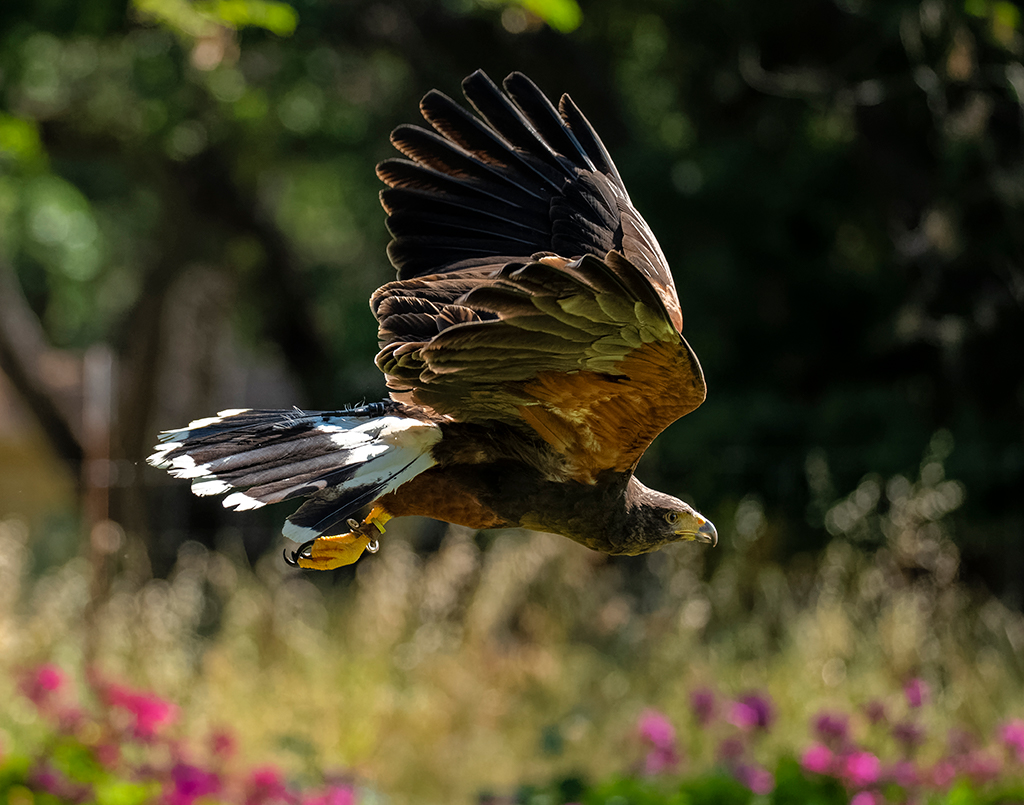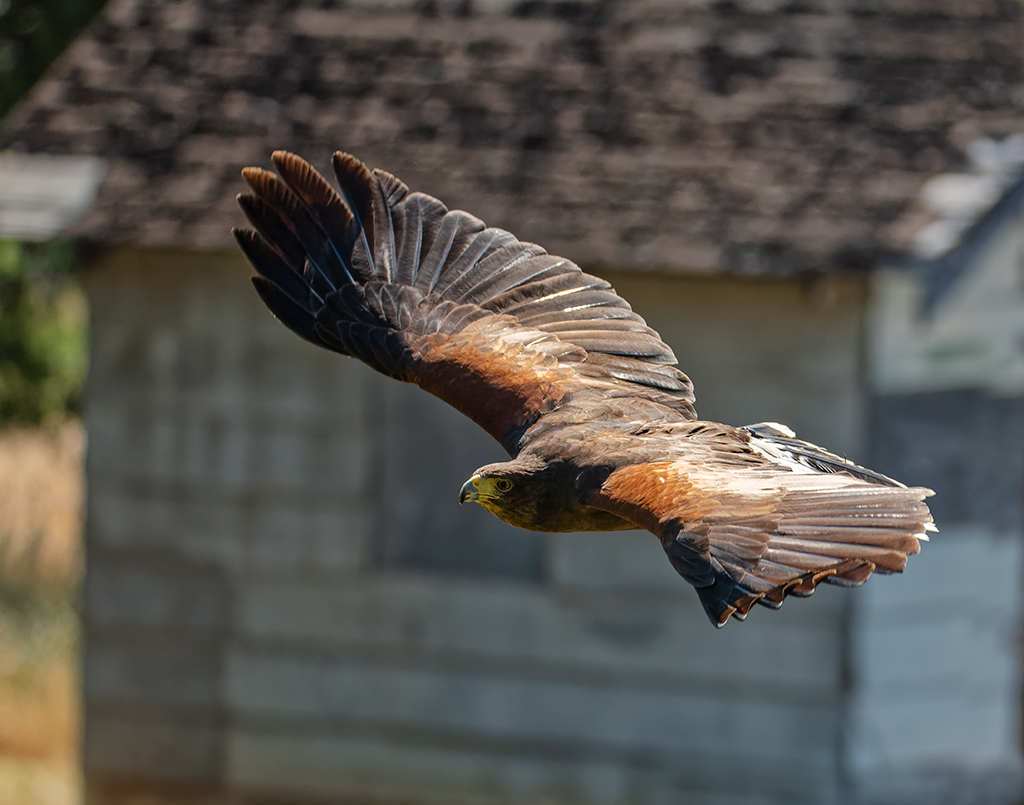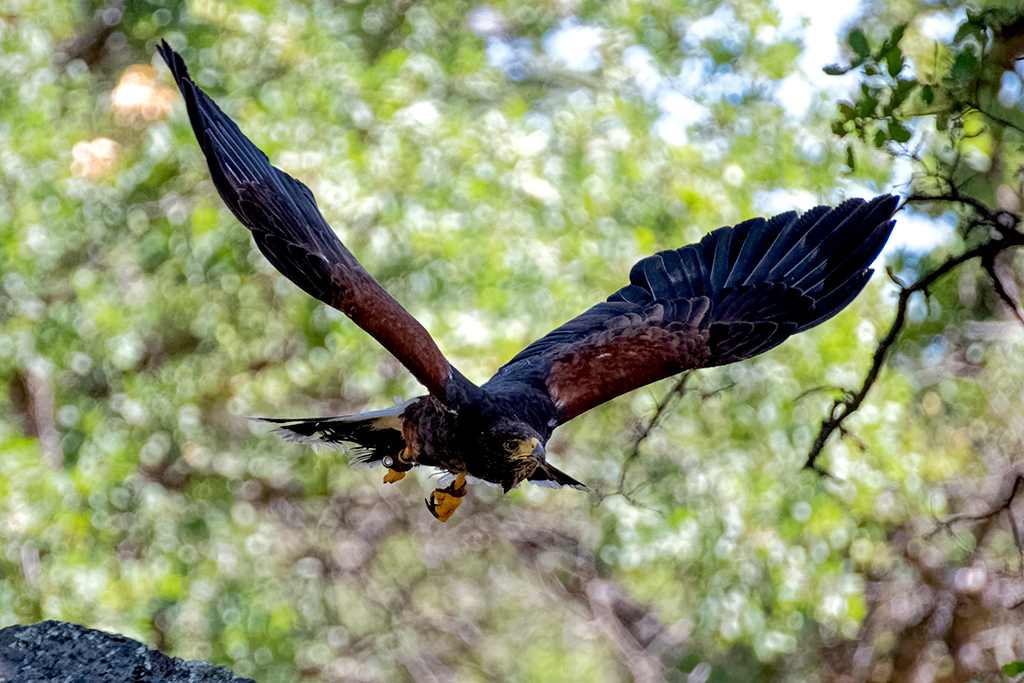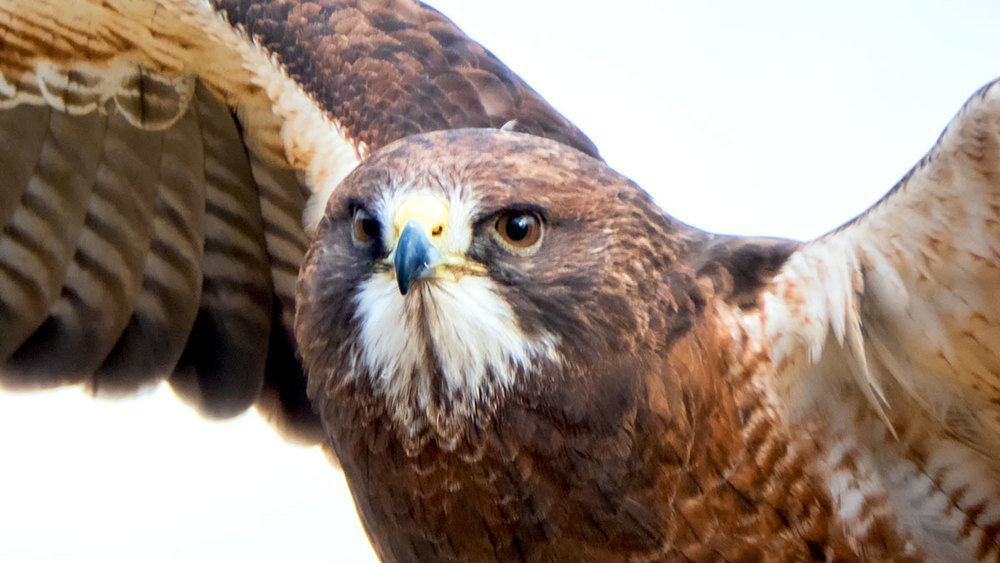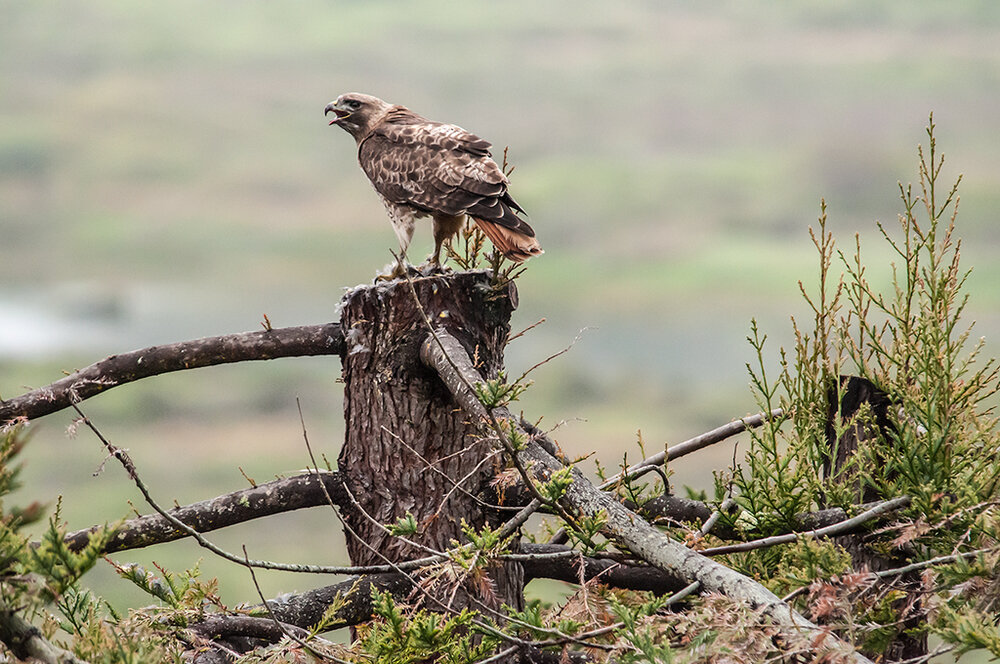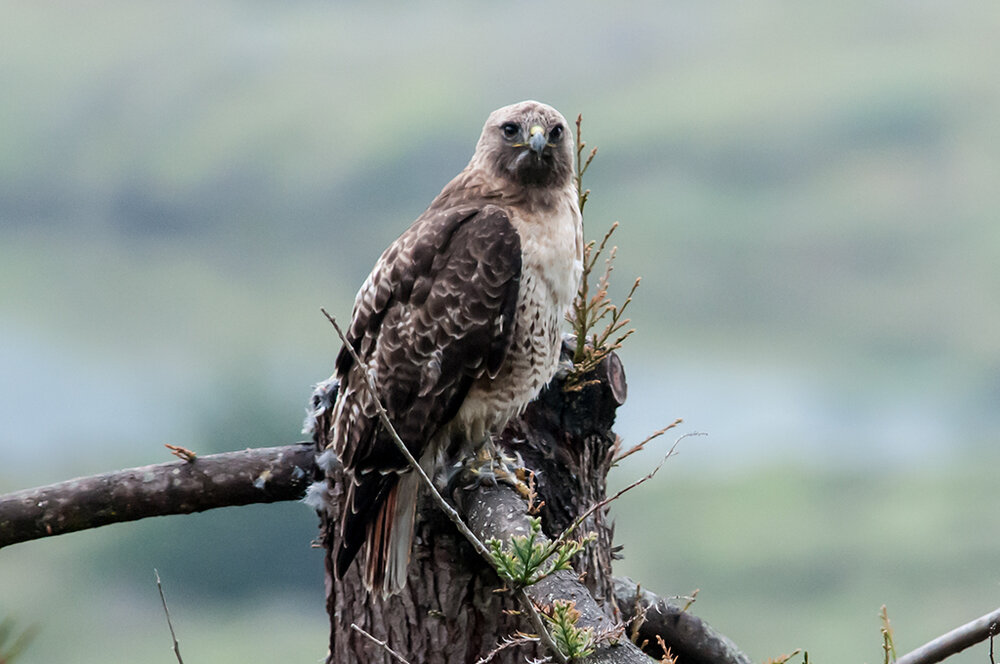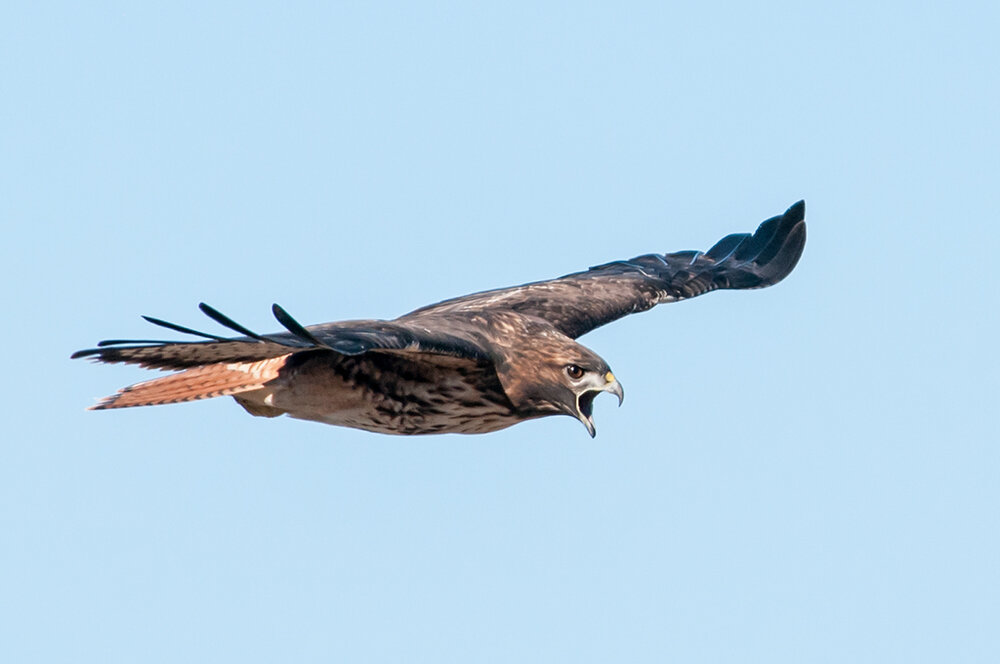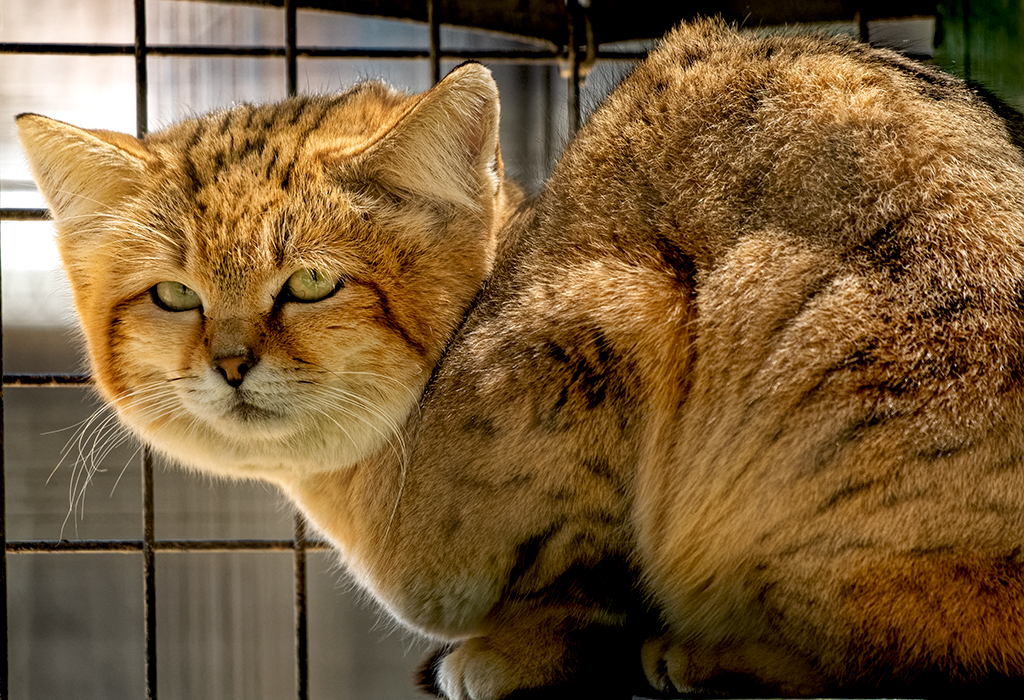I have often visited a private area in Davis that has Burrowing Owls. Some days I will not see an owl in the hole I am observing. With up to 75 holes you never know if you are going to get lucky. On one day I saw at one hole the start of a head. An hour latter he started to show more of his head. Than to my amazement he came out of the hole. Well I waited another hour to see if anyone else was in that hole. Slowly and I mean slowly she appeared. So I am 4 plus hours into this pair. Now all I needed was for them to be looking at the same time. Owls move their heads constantly checking to make sure there is nothing around to eat them. So I am at the 6 and 1/2 mark and bam got them looking in the same direction.
Support the Napa Wildlife Rescue http://www.napawildliferescue.org/2019-photo-contest-winners
Honored at a First Place Win in the Napa Wildlife Photo Contest
Burrowing Owl Pair






